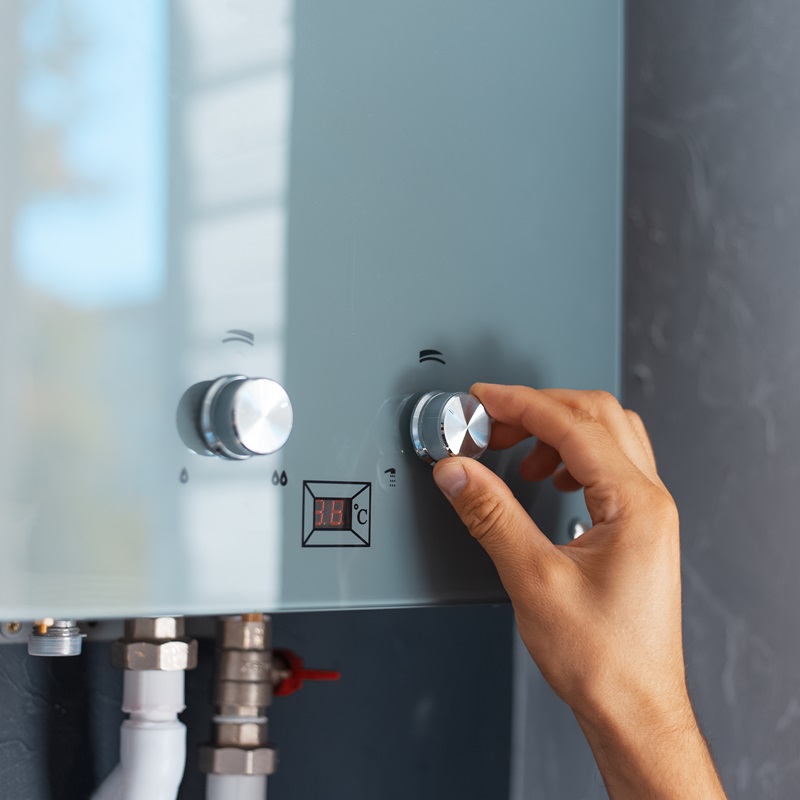Select from a range of geyser sizes to suit your family.
How to Select the Right Geyser to Maximize Power Effectiveness in your house
From comprehending the various kinds of geysers, to examining their power efficiency ratings and taking into consideration positioning technique, each choice plays an essential role in making the most of performance. Allow's get started on this trip to uncover just how to make the most educated choice for a hot spring that will certainly lower your energy bills while guaranteeing ideal efficiency.

Comprehending the Various Sorts Of Geyser
While there are different kinds of geysers readily available on the market, comprehending the distinctions between them is vital for energy effectiveness (geyser sizes). The initial type, storage hot springs, are one of the most common and store warm water in a container for use when required. They are readily available in different capacities and are normally energy-efficient, yet they can lose warm when not being used
The second type is the tankless geyser, which heats up water as needed, bring about less energy waste however calling for a greater initial power draw. There are heat pump geysers that utilize electrical energy to relocate warmth from one location to another instead of producing warm directly. They can be 2 to 3 times a lot more power reliable than standard storage space hot springs. Last but not least, solar hot springs use solar power to heat the water, making them the most energy-efficient but also the most expensive.
Analyzing Your House's Warm water Requirements
Prior to diving into the purchase of a hot spring, it is crucial to analyze the warm water needs of your household. This assessment must think about numerous aspects including the number of house members, frequency of warm water use, and the number of hot water outlets in the home (geyser sizes). A little household with infrequent warm water usage could need a smaller, much less powerful geyser compared to a bigger household with multiple everyday hot water requirements
The sort of home appliances that require warm water also play a substantial role. Dish washers and washing makers, for instance, might require even more warm water than an easy shower or cooking area sink. Particular tasks such as look at this site bathing or cleaning additionally affect the frequency and quantity of warm water needed.
Examining Energy Effectiveness Rankings of Geyser
Having actually evaluated the warm water demands of your household, it is very important to transform your focus to the energy effectiveness scores of hot springs. These ratings, normally offered as Power Factor (EF), indicate a geyser's general power performance based upon the quantity of hot water produced each of fuel taken in over a normal day. The greater the EF, the extra efficient the hot water heater.

Factors To Consider in Geyser Dimension and Placement
Beyond energy efficiency ratings, the dimension and positioning of your geyser are critical components to take into consideration. The dimension of the geyser must line up with your family's warm water needs. A small geyser might use less dig this energy yet might not supply sufficient warm water for multiple usages at the exact same time, whereas a larger unit can fulfill better demand but might take in more power.
Placement additionally influences energy efficiency. Hot springs must be set up close to factors of use to minimize warmth loss during water transportation. A centrally situated geyser can service several areas properly. In addition, thinking about thermal insulation, a geyser situated in a warmer area loses much less warm and for that reason uses much less energy to preserve the water temperature.
Price Evaluation: Balancing Preliminary Financial Investment and Long-Term Cost Savings
While size and placement definitely play considerable duties in a hot spring's energy effectiveness, one must not neglect the financial facet. When taking into consideration the preliminary investment, the cost of energy-efficient geysers can be more than standard models. The raised in advance expense can be balanced out by long-lasting energy financial savings, making it a beneficial financial investment in the long run (geyser sizes).
Evaluating lasting cost savings calls for an understanding of the geyser's power rating. A home appliance with a greater ranking will certainly consume much less power, translating to reduced utility expenses in time. Government motivations and discounts for energy-efficient devices can likewise help recoup first prices.
Finally, upkeep and life-span should be factored in. check my source Energy-efficient hot springs usually have longer life-spans and lower upkeep prices, adding to general savings. Consequently, when balancing first investment and long-term financial savings, one should take into consideration not only the acquisition price yet also energy consumption, federal government motivations, and maintenance costs.

Final thought
These include recognizing the types of hot springs, assessing your house's hot water needs, reviewing energy effectiveness rankings, and calculating cost benefits. The appropriate geyser dimension, placement, and insulation can dramatically reduce power expenses and ecological effect.